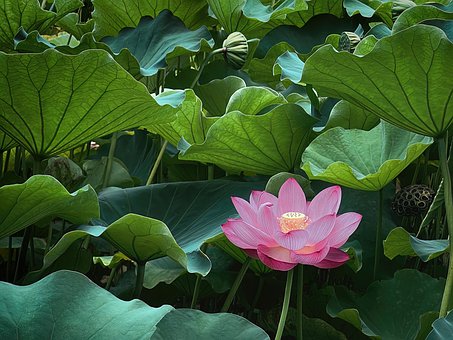Actually, bodhicitta is a resolution, which entails two folds: first, we resolve to enlighten all sentient beings; second, in order to enlighten all sentient beings, I resolve to attain buddhahood, embarking and progressing on the path of liberation from today onwards. In order to attain buddhahood, we engage in various dharmic activities, be it offering incense to buddhas, prostrating to buddhas, reading sutras, chanting the name of Buddha Amitabha, chanting mantras, or meditating; eventually we are bound to attain buddhahood, after which we can proceed to liberate sentient beings.
~Depicted from LUMINOUS WISDOM BOOK SERIES











